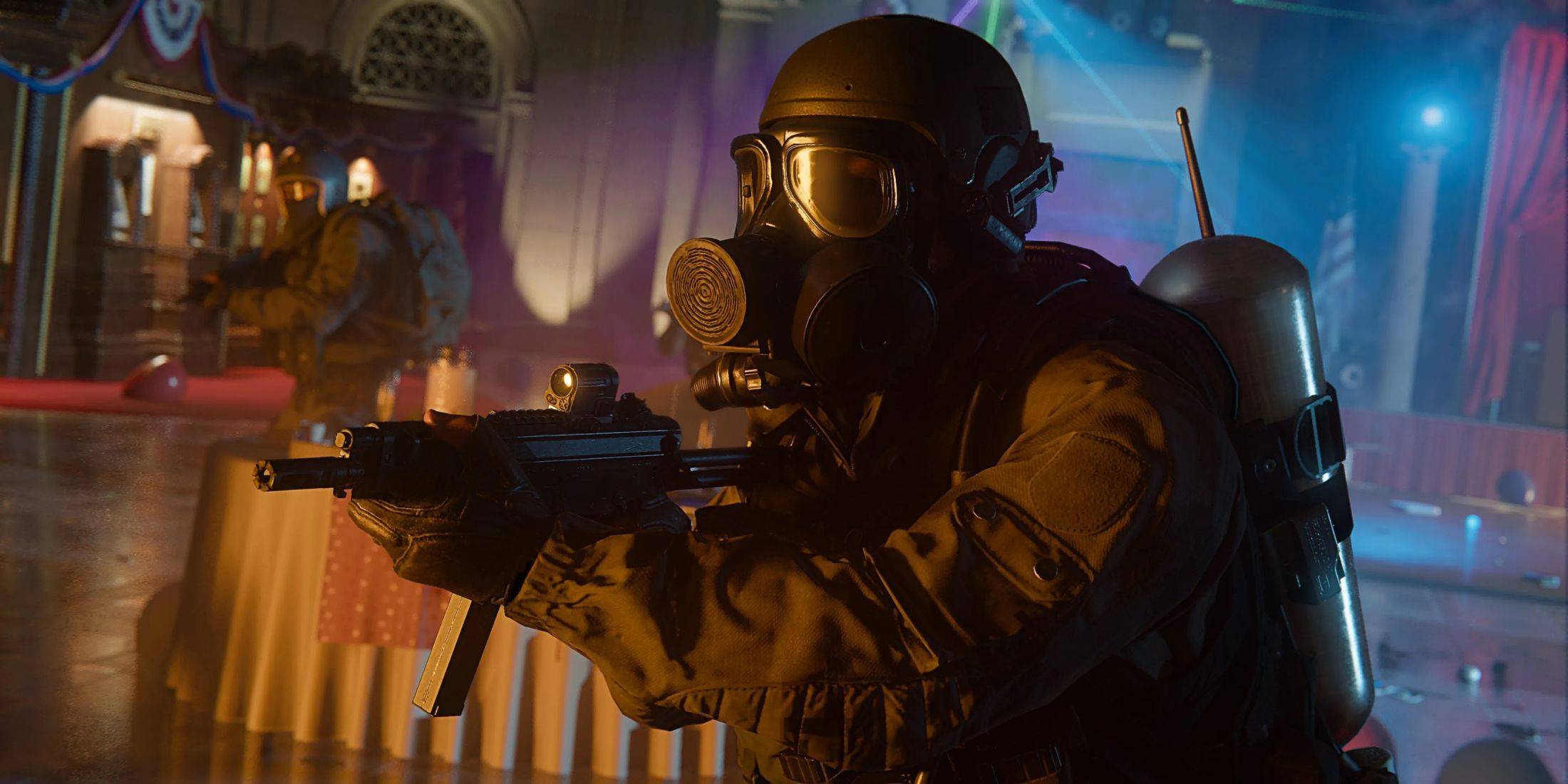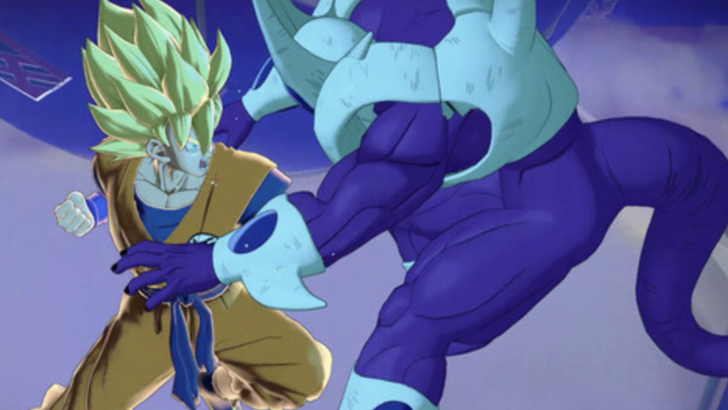Nu Udra Revealed: Monster Hunter Wilds' Apex in Oilwell Basin - IGN
- By Nora
- Apr 15,2025
From the vast, arid deserts to the lush, bustling forests, from the fiery volcanos to the icy tundra, the Monster Hunter series showcases a stunning array of environments, each boasting its own unique ecosystem teeming with a diverse cast of monsters. The thrill of exploring these unknown worlds and traversing their lands while on the hunt remains one of the most exhilarating experiences in Monster Hunter.
This is especially true for Monster Hunter Wilds, the latest installment in the franchise. Following the Windward Plains and Scarlet Forest, adventurers will now venture into the challenging terrain of the Oilwell Basin, a region engulfed in flames and covered with oilsilt. Despite its seemingly barren and lifeless appearance, the Oilwell Basin is alive with the slow movements of small creatures navigating the mire. Scattered across the area, you can also spot remnants of an ancient civilization.
Yuya Tokuda, the director of both Monster Hunter: World and Monster Hunter Wilds, provides insight into the Oilwell Basin:
"During the Fallow, the Oilwell Basin is a place filled with mud and oil. When the Inclemency known as the Firespring arrives, it burns away the oilsilt, and during the Plenty, the burned oil and soot disappear, revealing the minerals, microorganisms, and the original colors of the manmade artifacts hidden beneath," he explains.
Down in the Muck
What was the concept behind the Oilwell Basin's creation? We posed this question to Kaname Fujioka, the director of the original Monster Hunter and the executive director and art director for Wilds.
"Given the horizontal expansiveness of the Windward Plains and Scarlet Forest, we chose to design the Oilwell Basin with vertical connectivity in mind,” he says. “The environment changes subtly as you move between the top, middle, and bottom strata. Sunlight reaches the top strata, where oil accumulates like mud, and as you descend, the temperature rises, with lava and other substances becoming more prevalent."
Tokuda adds: "From the middle to bottom strata, you'll encounter creatures reminiscent of aquatic life, evoking images of deep seas or underwater volcanoes. In Monster Hunter: World, we developed the Coral Highlands ecosystem by imagining what it would look like if aquatic creatures lived on land. We applied this knowledge to craft the Oilwell Basin's creatures and ecosystem."
Fujioka highlights the dynamic nature of the Oilwell Basin: "During the Fallow and Inclemency, smoke billows out everywhere, resembling a volcano or hot spring. However, during the Plenty, it transforms into a clear, marine-like environment. Upon closer inspection, you'll discover it's home to creatures typically found on the ocean floor."
The Oilwell Basin's ecosystem is distinct, operating differently from other locales. Though it may appear lifeless when covered in oilsilt, it supports a range of life forms, from shellfish like shrimp and crabs to small monsters providing raw meat. Large monsters prey on these smaller ones, which in turn filter microorganisms from the environment and oilsilt. These microorganisms harness energy from the earth's heat. Unlike the Windward Plains and Scarlet Forest, which rely on sunlight and vegetation, the Oilwell Basin thrives on geothermal energy.
The large monsters inhabiting the Oilwell Basin are unique. Take Rompopolo, for example—a globular, noxious creature with needle-like mouthparts. Fujioka elaborates on its design:
"We envisioned Rompopolo as a cunning swamp-dweller that disrupts players using its stored toxic gas. The concept of a mad scientist often came up, inspiring its chemical purple color and glowing red eyes. Despite its eerie appearance, the equipment crafted from it is surprisingly cute, as is the Palico gear."
Tokuda finds the Rompopolo Palico equipment "amusing," a sentiment I echoed after trying it out myself. I encourage you to craft and experience it firsthand.
Flames of Ajarakan
Another newcomer to the Oilwell Basin is Ajarakan, a monster resembling a massive, flame-engulfed gorilla. Unlike the Scarlet Forest's Congalala, Ajarakan has a slimmer silhouette.
Videos show Rompopolo and Ajarakan battling for territory, with Ajarakan grabbing Rompopolo in a fiery bear hug. Its movements, inspired by martial arts, emphasize its fists, setting it apart from typical fanged beasts.
"In designing fanged beasts, their low-slung hips place their heads at eye level with the hunter, which can obscure the sense of threat,” says Tokuda. “We wanted Ajarakan to have a more top-heavy and imposing silhouette. We incorporated flame elements fitting the Oilwell Basin's environment, along with wrestler-like grabbing attacks to showcase its physical strength. It's a monster that blends strength, physical attacks, and flames, such as when it melts objects and throws them at you."
Fujioka adds: "With a series of unique monsters, we thought it was time to introduce one with straightforward strengths. Ajarakan simply punches or slams its fists to unleash flames, embodying power through its direct attacks."
Ajarakan holds a high position in the Oilwell Basin's ecosystem. Its flashy appearance, complete with flames and magma, contrasts sharply with Rompopolo's use of poison gas and oilsilt, highlighting the area's hierarchy.
"Initially, Ajarakan was just a physically powerful monster,” says Fujioka. “We wanted to infuse more personality into it, given its fiery habitat. Rather than merely breathing fire, we envisioned it wearing flames like the Buddhist deity Acala. The concept of Ajarakan's rising internal temperature melting anything in its path added depth to its character. We wanted players to dread the idea of being hugged by such a scorching creature. Its intense heat should make it intimidating, capable of melting everything around it."
While Rompopolo's design leans towards cunning, Ajarakan's embodies straightforward power. Fujioka notes that to avoid a lackluster portrayal of strength, the team continuously added more dynamic and flashy moves during development.
"We kept adding various interesting techniques, like it jumping into the air, curling up, and crashing down," he explains.
A Monster Generations in the Making
Reigning supreme as the Oilwell Basin's apex predator is Nu Udra, an octopus-like creature with tentacles, finally named here as the "Black Flame." Covered in its own flammable oil, Nu Udra slithers and stretches across the Oilwell Basin. Just as Rey Dau controls lightning in the Windward Plains and Uth Duna envelops itself in water in the Scarlet Forest, Nu Udra cloaks itself in flames. The developers emphasize that Wilds' apex predators are deeply connected to their regions' elements. Though an octopus in such a hot environment might seem unusual, Fujioka confirms:
"Yes, it was octopuses. We aimed for a striking silhouette when it rises, giving it demonic horns, yet designed it so its face remains elusive."
Tokuda notes that even the music accompanying battles with Nu Udra draws from demonic themes.
"We instructed the composers to include phrases and instruments reminiscent of black magic. The resulting piece is unique and impactful."
Nu Udra's tentacle movements echo those of previous monsters like Lagiacrus from Monster Hunter Tri. Both Tokuda and Fujioka have long desired to bring such a concept to life.
"In Tri, I proposed an octopus-shaped monster for underwater combat, focusing on its distinctive movements. I had fun imagining severable limbs, but technical challenges prevented its realization. I've held onto that proposal ever since," Tokuda shares.
Fujioka reflects on past tentacled monsters like Yama Tsukami and Nakarkos, noting their impact on Nu Udra's development.
"We're always eager to feature monsters with unique movements at key moments. While too many can tire players, one well-placed monster leaves a lasting impression. Yama Tsukami's appearance in Monster Hunter 2 (Dos), floating over the mountains, evokes a sense of adventure akin to encountering cryptids."
Tokuda fondly recalls placing Yama Tsukami in that scene, despite the limitations of the time.
The interview reveals the Monster Hunter team's dedication to creating innovative monsters, drawing from a wealth of ideas even when current technology poses challenges. Nu Udra's realization marks a significant achievement for both Tokuda and Fujioka.
"While Yama Tsukami and Nakarkos were stationary tentacle attackers, Nu Udra utilizes its cephalopod traits to move freely. This represents a new gameplay experience for us," says Fujioka.
The technical challenges of animating a tentacled monster like Nu Udra were met with success during Wilds' development.
"When we saw the tests, we decided to make Nu Udra the Oilwell Basin's apex predator. It's that impactful," Tokuda adds.
Even outside of combat, Nu Udra's animations receive meticulous attention. After taking damage, it wraps around ancient pipes, navigating through small holes seamlessly. These movements posed significant challenges for Fujioka's art team.
"We worked extensively on depicting flexible bodies with Nu Udra. We start with ambitious ideas, challenging ourselves despite the hurdles. The final product, when realized, is truly remarkable," Fujioka notes.
The team leverages new technologies to bring their accumulated ideas to life, striving even when success is uncertain. Their passion and dedication are palpable throughout the development process.
"When we first implemented the movement of it entering a hole, an animator excitedly asked me to watch. Their satisfaction was evident when I marveled at the result," Tokuda recalls.
Fujioka expresses pride in the detailed work on Wilds' monsters.
"The way Nu Udra squirms around pipes is beautifully crafted. It's a testament to our team's efforts, and I hope players appreciate it. Only games can depict such real-time, dynamic scenes," he says.
Facing Nu Udra in battle proves challenging. Its flexible body offers few openings, and a close approach risks a powerful counterattack. Successfully breaking a tentacle part leads to the severed tip thrashing on the ground, raising questions about severing all its limbs.
"You can cut off many tentacles. They move after being severed but eventually rot. Carving rotten parts yields poor materials. This applies to other monsters' breakable parts, like tails," Tokuda explains.
Nu Udra's attacks maintain a unique tempo, combining focused and area-of-effect strikes using its head and flames. Its tentacles can make targeting ambiguous in multiplayer hunts, so sensory organs at the tips emit light to signal impending attacks.
"Its body is soft with many breakable parts. Hunters should strategize their attacks. Cutting off tentacles shortens its area-of-effect attacks, making movement easier. It's well-suited for multiplayer, as targets are split. Using SOS flares and Support Hunters can enhance the experience," Tokuda advises.
Fujioka emphasizes Nu Udra's design as fitting the action game genre.
"Like Gravios, where destroying its armor reveals a way to defeat it, Nu Udra's part destruction brings you closer to victory. Observing its movements and making strategic decisions align perfectly with Monster Hunter's core gameplay."
A Welcome Reunion
Fujioka's mention of Gravios signals its return to the series, last seen in Monster Hunter Generations Ultimate. Gravios, with its rocky carapace and hot gas emissions, fits perfectly into the Oilwell Basin's environment.
Tokuda shares the reasoning behind Gravios's reappearance.
"We considered monsters that would match the Oilwell Basin, fit the game's progression, and offer a fresh challenge without duplicating other monsters' gameplay. That's why we chose to bring Gravios back."
The reintroduced Gravios feels even harder than before, its massive presence dominating the Oilwell Basin. Breaking through its rocky carapace to inflict red wounds and execute a Focus Strike is a formidable task.
"When adapting Gravios for this game, we prioritized maintaining its signature hardness. From a design standpoint, we wanted it to appear after players had experienced much of the game's mechanics. It's meant to be a monster where finding a way to defeat its hard body is challenging at first, but clues become clearer as hunters use the wound system and part breaking effectively," Tokuda explains.
All Monsters in Monster Hunter Wilds

 17 Images
17 Images

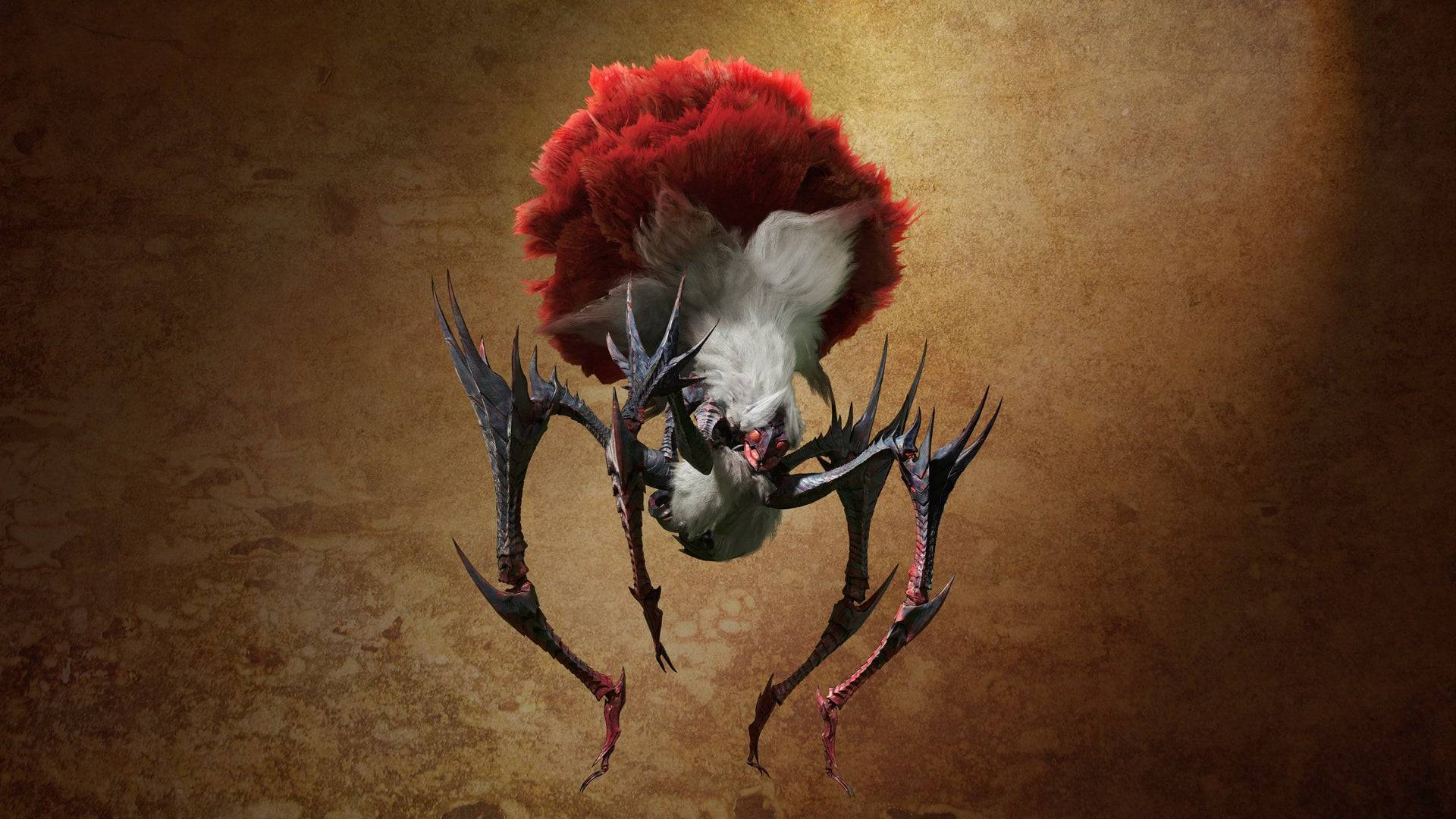
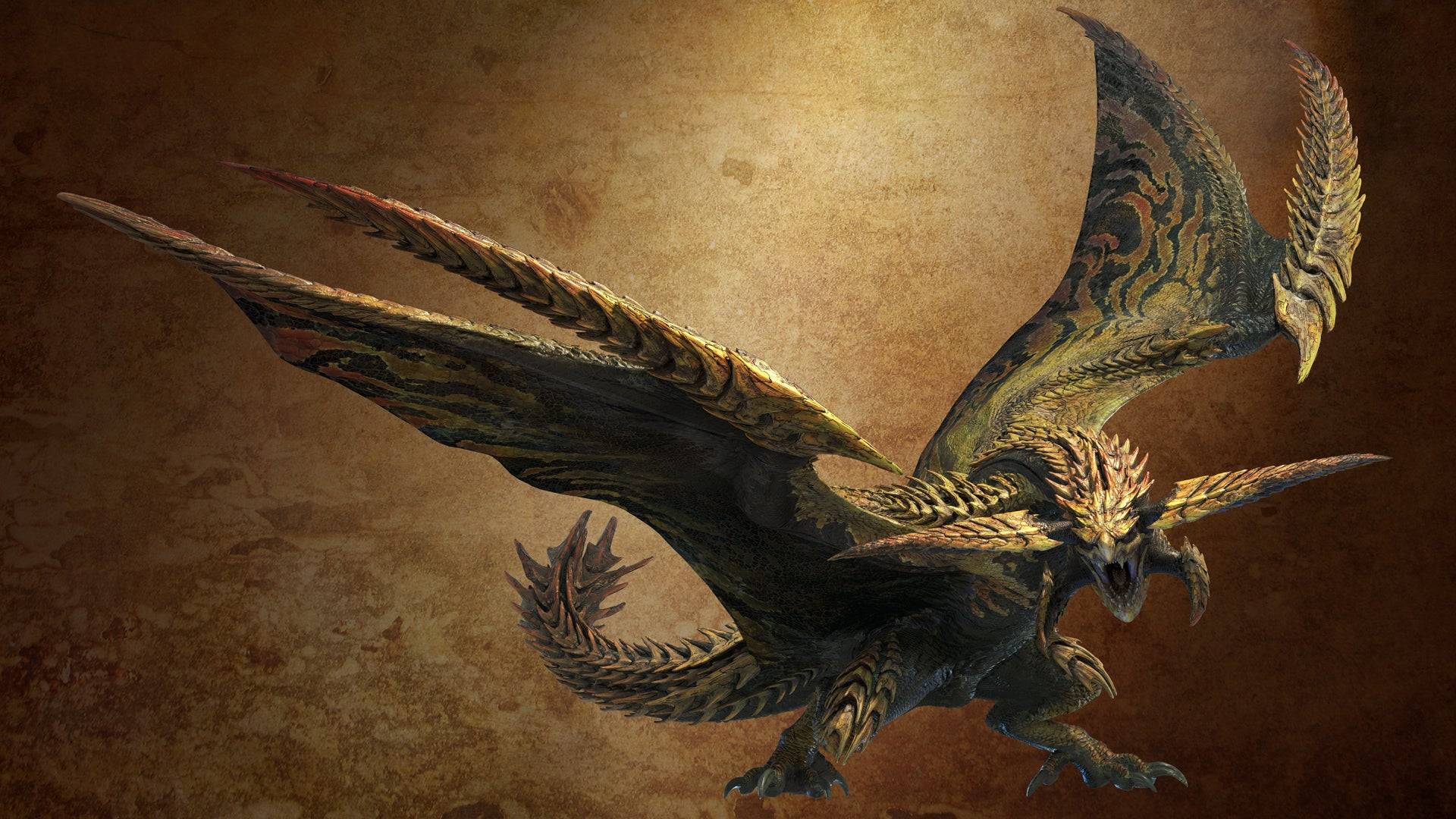
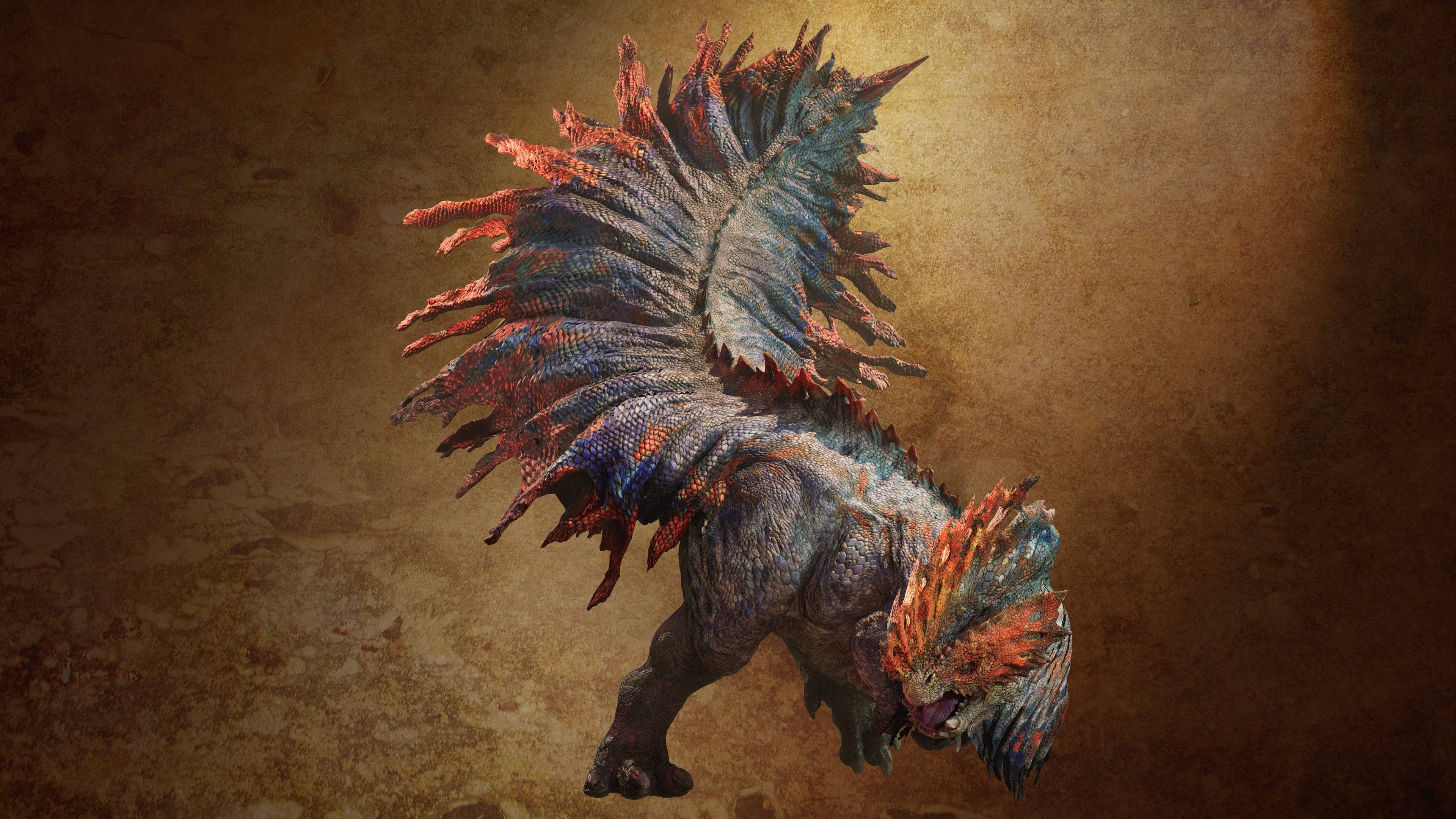
While Gravios returns, its juvenile form, Basarios, will not be featured in this game. Fujioka apologizes, indicating that the timing isn't right for Basarios's return.
As discussed in our interview about monster selection, the Monster Hunter team carefully considers reintroducing monsters, ensuring they enhance the game's experience. Though Basarios won't appear, many other monsters will be found in the Oilwell Basin, promising exciting hunts ahead. I eagerly anticipate exploring this new region, Cool Drink in hand.
Latest News
more >-

-

- NYT Connections Puzzle #575 Hints and Answers
- Dec 27,2025
-
-

- Figment 2: Creed Valley Launches on iOS
- Dec 26,2025
-


